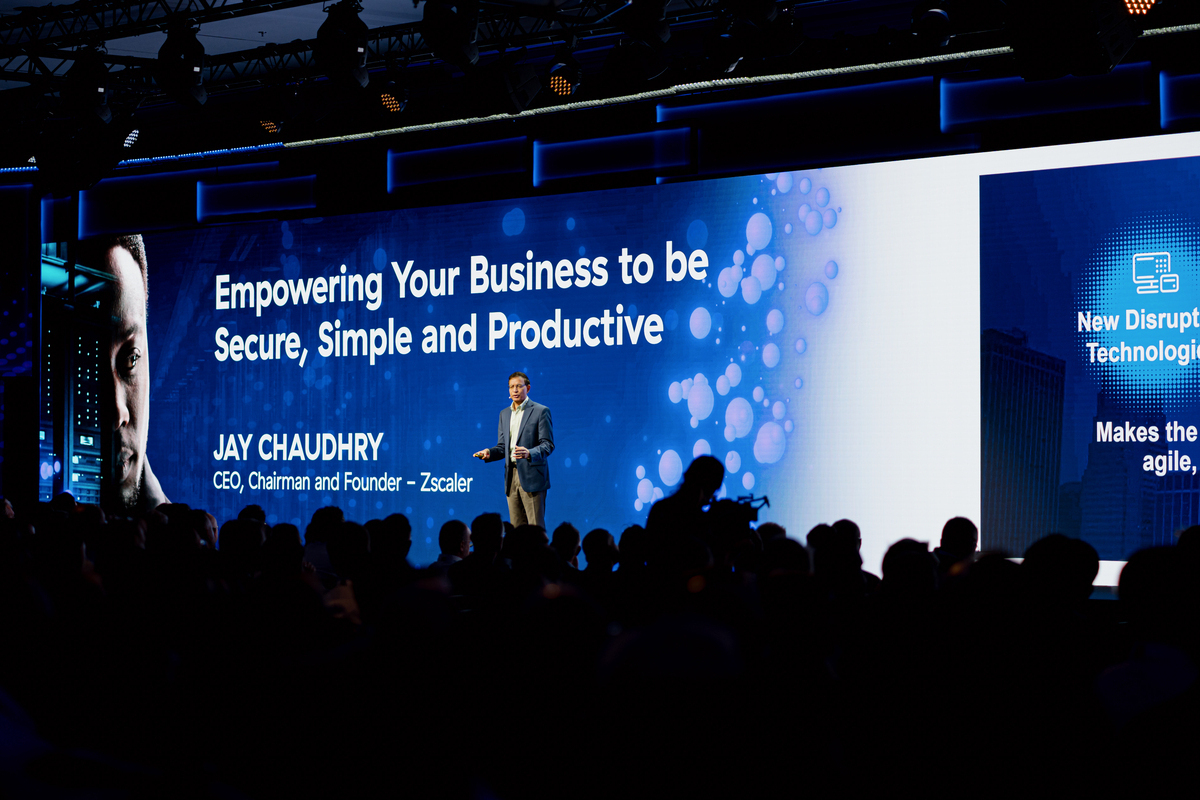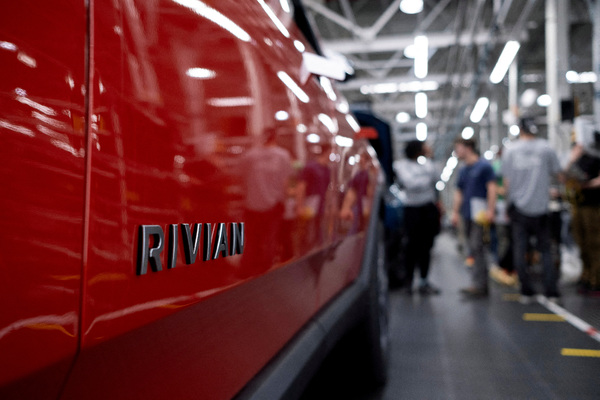The nature of bi-directional learning for IT decision-making
Sponsored by Zscaler
GenAI has been in the spotlight for more than a year, causing transformational waves across industries. The survival of many organisations will depend on how well they adapt to these technological innovations. So, how do businesses handle the decision-making process for technological advancements such as AI?
Some organisations eagerly embrace new technologies and follow new IT trends, pushing boldly onwards – sometimes making mistakes; sometimes making breakthroughs that promise to change the business landscape. Others proceed more cautiously, observing and learning from their peers before making decisions.
A look at the waves of innovation over the past few decades illustrates the nature of the IT decision-making process. For example, not so long ago, many organisations had to decide whether to adopt a SaaS strategy with migrating workloads to the cloud, move from hub-and-spoke connectivity models to SD-WAN, or embrace a new security paradigm with Zero Trust before these trends became widespread. They needed to understand not only how to leverage new technologies to create benefits, but also their own limitations to avoid potential risks or financial losses.
The economic factor is the clearest incentive to pursue innovations. However, when new technologies are invested in to improve agility, flexibility, user experience and cost savings, expectations rise. Another force for change is often business growth, with mergers and acquisitions designed to accelerate the natural growth of an organisation. However, combining the IT infrastructure of two organisations can be a long, difficult process.
How early adopters are formed
CIOs, CTOs or CISOs are responsible for making product decisions that can shape the business for decades to come. So how should they evaluate their decision-making process, and what factors should they prioritise over others when making a C-suite decision?
My personal decision to adopt the emerging technology of a Zero Trust Architecture (ZTA) was made in consideration of my organisation’s mergers and acquisitions (M&A) aspirations. Integrating networks from two distinct enterprises is exceedingly challenging as their infrastructures differ, resulting in friction and complexity. This not only consumes time and effort but can entail financial losses until the integration is complete. Additionally, security concerns must be taken into consideration, as you don’t want to buy a breach.
We investigated what a solution to this challenge might look like in 2017, but it was hard work, involving trial and error. We tried a lot of technologies that were available and proven at the time, such as VDI from 2017 to 2018, app streaming and even edge computing, and eventually learned that none of these would solve the initial M&A challenge of removing friction. At a certain point I realised that it was the network topology that was holding us back from making rapid progress.
Once I had that lightbulb moment, I was open to investing time to understand the benefits of a new buzzword called Zero Trust. There was not a lot of information available because it was an emerging trend at the time: the term itself had yet to be coined, so I had to learn the hard way that connectivity had to be turned on its head to achieve the architecture that would solve my connectivity challenges, and POVs had to prove the concept.
What followed was a lot of time and effort in my own exploration. To be a successful early adopter of a new technology, I had to give myself two things: permission to think differently, and time to gain confidence in an entirely new approach that could potentially end or accelerate my career.
Building tribes on the path to innovation
On this road to trust, it can be useful to reach out to other early adopters or the people who created the new products. I learned this when I was an early adopter of public cloud services in 2006. Until I tried that path, it was not tangible to me, and it took time to build some momentum. But sometimes early adopters are hard to find when you are creating a trend yourself.
Still, it helps to tap into a community of like-minded technologists to get off your own hamster wheel of endless iterations. Think back to the early days of Amazon Web Services (AWS), when only a few hundred people attended events to learn about the benefits. Today, tens of thousands of people gather at summits around the world to learn from each other by sharing best practices.
We can see the same journey unfolding with Zero Trust. The new trend started with a handful of early adopters who recognised the benefits of turning the IT connectivity world on its head, and these convinced few quickly learned from each other. After my initial success in solving M&A complexity and connectivity problems with a Zero Trust-based approach and cloud security platform, I was invited to speak at Zscaler’s Zenith Live cloud conference five years ago.

It was an amazing experience to get up on stage to demonstrate to the audience about the benefits of implementing a Zero Trust architecture. At one point I showed a slide about how to create micro segmentation and all of a sudden people started getting on their phones to take pictures of the architecture. That was when I realised the power and the impact that these conferences can have on the community and that I could help other organisations on their connectivity and security journey.
I also had the opportunity to meet other early adopters of Zero Trust architecture at the event. Hearing these different stories reassured me that I was not alone on an early adoption path and gave me renewed confidence. Some of these colleagues had taken a different path to ZTA, and that made me wonder if I had fully understood the new concept. But even though our approaches were different, they had the same potential outcome. The one-on-one conversations with my peers helped and inspired me as I adapted to the new technology and showed the potential that bidirectional learning can have in an IT adoption cycle.
Shaping organisational culture
My early experiences in an M&A scenario helped inspire other organisations to think about the secure, coffee shop-style, anywhere-working experience as a way to retain employees. These new technologies can do more than just solve business challenges; they have the power to drive cultural change. The reality of disruptive technology changes such as Zero Trust is that they are changing the way people have worked for decades.
You can’t drive cultural change alone; you have to get the rest of the company on board. What I have championed in my own organisations is the idea of building tribes and squads on your journey towards change. The goal is to first create a council of different stakeholders across the organisation and agree on common procedures and standards for transformation, then effectively go out and champion education across the business.
The first-mover advantage
To become an early adopter yourself, you need to be a keen observer of the industry, and be aware of the next big steps in innovation. Take the time to attend conferences where you can network with your peers and understand which technologies are the next sure bets. As history repeats itself, organisations have set out to harness the power of AI with confidence.
That’s why the theme of this year’s Zenith Live, which takes place in The Hague from 17-20 June 2024, will be Zero Trust meets AI. Take a look at the agenda and register today to connect with your peers.
For more information, visit zscaler.com
Martyn Ditchburn, CTO EMEA, Zscaler

Business Reporter Team
Most Viewed
Winston House, 3rd Floor, Units 306-309, 2-4 Dollis Park, London, N3 1HF
23-29 Hendon Lane, London, N3 1RT
020 8349 4363
© 2025, Lyonsdown Limited. Business Reporter® is a registered trademark of Lyonsdown Ltd. VAT registration number: 830519543




